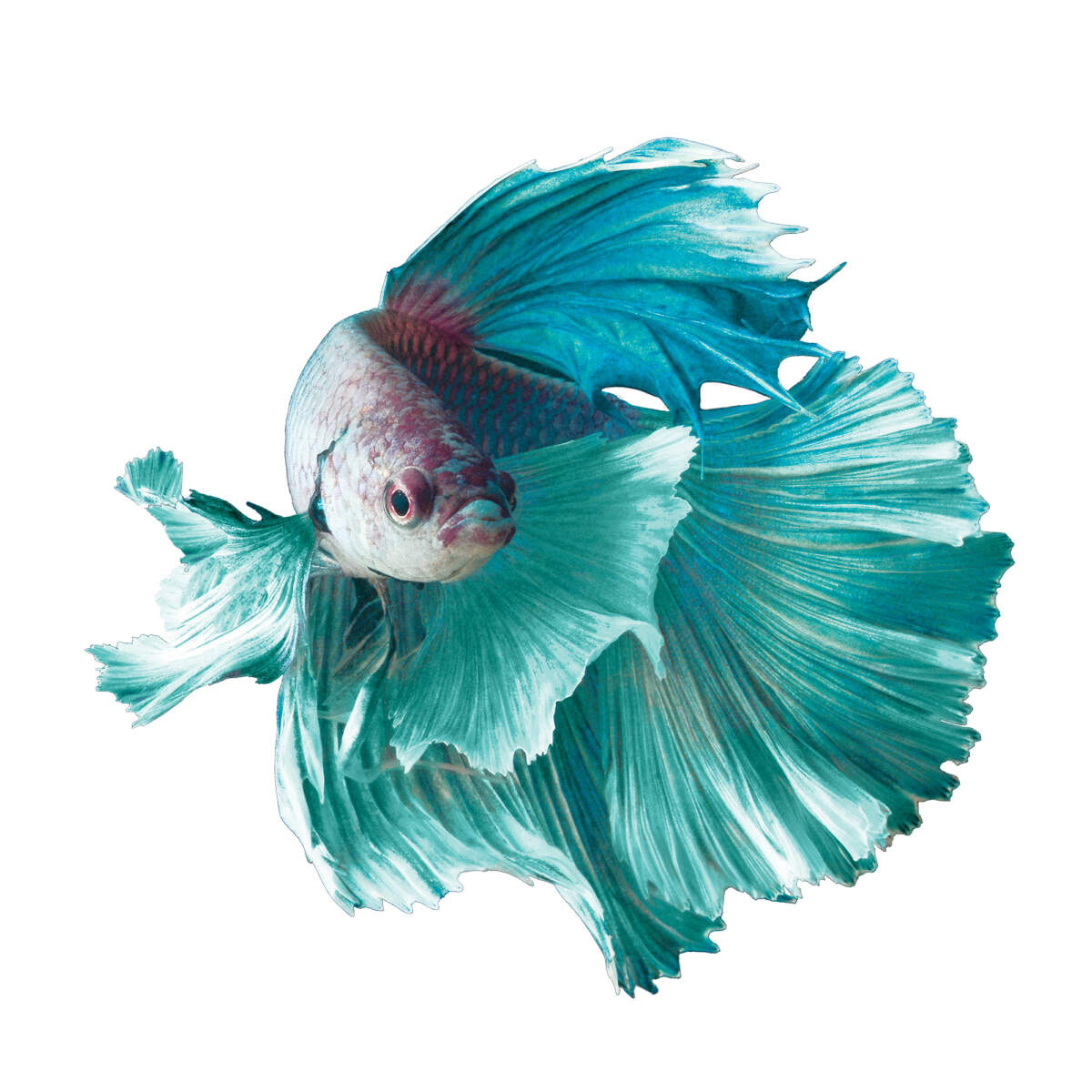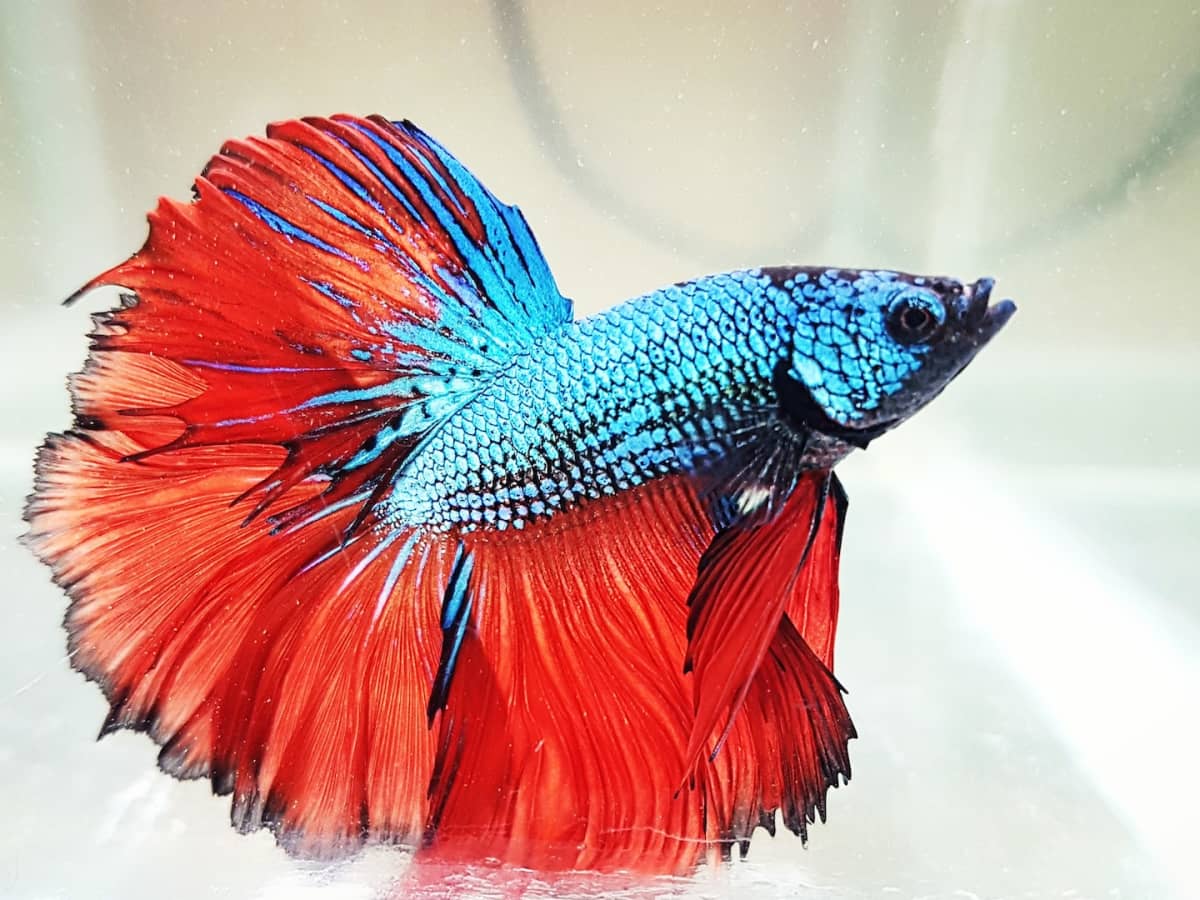Betta Fish Treatment: Crucial Tips for a Healthy And Balanced and Satisfied Pet
Betta Fish Treatment: Crucial Tips for a Healthy And Balanced and Satisfied Pet
Blog Article
Everything About Betta Fish: Comprehending Their One-of-a-kind Needs, Habits, and the very best Practices for Ideal Care
Comprehending the unique requirements and behaviors of Betta fish is essential for any aquarist seeking to provide optimum care. These captivating creatures, belonging to the warm waters of Southeast Asia, exhibit distinct territorial propensities and require details ecological conditions to thrive. From picking the right storage tank dimension to identifying potential wellness issues, numerous aspects considerably influence their wellness. As we explore these components additionally, the ramifications for both newbie and experienced fish caretakers become progressively apparent, increasing inquiries concerning how ideal to accommodate these impressive fish in our homes.
Betta Fish Overview
Although typically appreciated for their vivid colors and moving fins, Betta fish, clinically understood as Betta splendens, are complex animals that call for certain treatment to prosper. Stemming from Southeast Asia, these freshwater fish are understood for their territorial nature and unique actions. Betta fish exhibit sex-related dimorphism, with men presenting extra vibrant shades and longer fins than females.
Their hostile propensities, especially amongst males, demand mindful factor to consider when housing them. Bettas are often maintained in single-specimen storage tanks to prevent territorial disagreements. Nonetheless, they can exist side-by-side quietly with certain compatible species in larger neighborhood storage tanks, gave the atmosphere fulfills their demands.

To make sure optimal care, aquarists should understand their distinct behavioral attributes, nutritional needs, and environment demands. betta fish. With appropriate attention, Betta fish can exhibit their vivid individualities and thrive in a properly maintained aquarium setting
Natural Environment and Setting
Betta fish thrive in a varied series of natural habitats, primarily found in the shallow waters of Southeast Asia, consisting of rice paddies, swamps, and slow-moving streams. These environments are identified by warm temperature levels, typically in between 75 ° F and 82 ° F(24 ° C and 28 ° C ), and a pH level ranging from 6.5 to 7.5, which is perfect for their wellness and well-being.
In their natural environments, Betta fish are accustomed to thick plant life, offering both sanctuary and breeding premises. The presence of plants such as drifting water lilies and thick lawns not just supplies protection from killers however additionally contributes to the oxygenation of the water, which is essential for their breathing needs. Additionally, these settings frequently have areas of still water, permitting Betta fish to show their natural actions such as bubble nesting.
Understanding the natural habitat of Betta fish is essential for fish tank fanatics. Reproducing these conditions-- with water temperature, pH equilibrium, and the addition of live plants-- can substantially boost the overall health and durability of these fascinating fish, guaranteeing they grow in a home fish tank setup.
Social Habits and Communications
Understanding the social habits and communications of Betta fish is vital for effective fish tank monitoring. Betta fish, or Siamese fighting fish, are known for their special behavioral attributes, identified mainly by territoriality and aggressiveness. Men, particularly, present extremely hostile habits in the direction of one another, causing the well-known online reputation of Betta fish as competitors. In a constrained space, 2 men can engage in terrible confrontations, often leading to injury or death.
Alternatively, women Bettas display much less hostile habits and can exist together in teams, referred to as sororities, if presented effectively. Nevertheless, it is crucial to monitor their communications carefully, as power structure and supremacy can bring about disputes. Recognizing the dynamics within a Betta area is vital; establishing concealing areas and making certain adequate room can mitigate aggressiveness.
Furthermore, Betta fish might also show interest and social behaviors towards other species. While they can Continue coexist with specific non-aggressive storage tank friends, it is crucial to select suitable varieties to avoid stress and anxiety and hostility. Overall, recognizing these social communications is crucial to cultivating a harmonious fish tank environment for Betta fish.
Vital Care Standards
Providing correct take care of Betta fish is vital to their wellness and health. To make sure a flourishing setting, it is vital to maintain optimal water problems. The water temperature ought to be maintained in between 76 ° F and 82 ° F(24 ° C to 28 ° C), while pH levels need to vary from 6.5 to 7.5. Regular water adjustments-- roughly 25% once a week-- aid maintain water quality.
Betta fish require a suitable container size; a minimum of 5 gallons is recommended to offer ample space for swimming and hiding. Include decors and plants to create a stimulating environment, however stay clear of sharp objects that can damage their fragile fins.

Last but not least, ensure the storage tank is outfitted with a filter to maintain the water clean, however utilize a gentle filter to avoid solid currents that can emphasize the fish. By following these necessary treatment standards, owners can promote a healthy and balanced and vivid Betta fish.
Common Health Issues and Solutions
In the care of Betta fish, recognition of common wellness problems is crucial for keeping their wellness. One prevalent problem is fin rot, often brought on by poor water quality or bacterial infection. Symptoms consist of torn or blemished fins. To deal with fin rot, enhance water problems and take into consideration using a broad-spectrum like it antibiotic.
Another common disorder is ich, a parasitical infection defined by white places on the fish's body (betta fish). Treatment involves increasing water temperature level and including fish tank salt to the tank, as this can help get rid of the bloodsucker
Swim bladder disorder is likewise often observed, causing buoyancy problems. This condition might emerge from overfeeding or bowel irregularity. A fasting duration of 24-48 hours, complied click for info with by a diet of blanched peas, can provide relief.
Lastly, bettas may struggle with velour condition, suggested by a gold dust-like look on their skin. Treatment normally calls for drug especially made for external parasites, alongside boosted tank hygiene.
Routine monitoring of water parameters, maintaining a tidy setting, and supplying a balanced diet are critical safety nets. By addressing these health issues immediately, Betta fish can lead much healthier, extra vibrant lives.
Verdict
In summary, effective betta fish care calls for an understanding of their special demands and behaviors. Regular monitoring of health and water high quality, along with a balanced diet plan, adds to the long life and vibrancy of betta fish.
Report this page